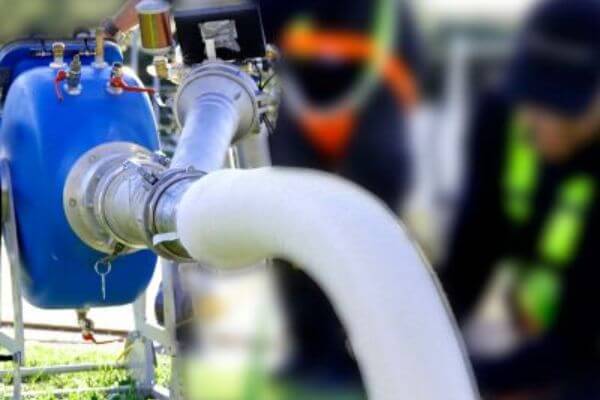Pipe repair has always been a significant challenge for plumbing professionals and homeowners alike. Traditionally, this process involved extensive excavation, lengthy disruption and often high economic and environmental cost. However, with advances in technology, we now have more efficient and less invasive methods at our disposal. In this article, we will explore the best system for pipe repair without the need for invasive works, a solution that is not only practical, but also sustainable and economically viable.
Trenchless repair techniques
The most significant innovation in the field of pipe repair in recent decades has been the development of trenchless techniques. These methods allow underground pipes to be repaired or replaced without the need for extensive excavation. Among these techniques, the most prominent is pipe rehabilitation with sleeving (CIPP), which involves inserting a flexible sleeve coated with a special resin into the damaged pipe. Once this sleeve is in place, it is inflated and the resin hardens, effectively creating a new pipe within the existing one. This process is innovative not only for its minimal invasiveness, but also for its efficiency and durability.


Recent Comments